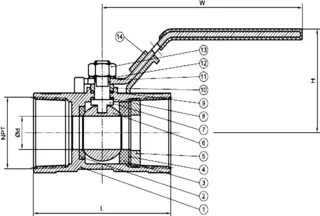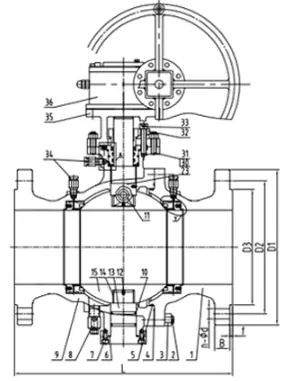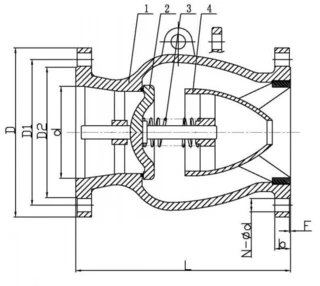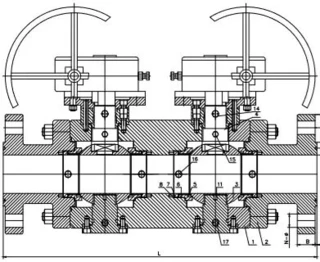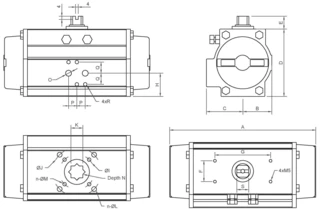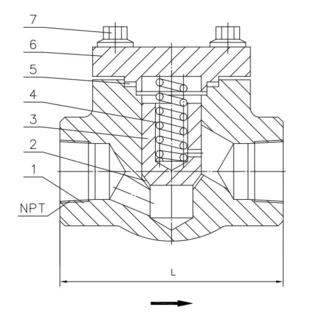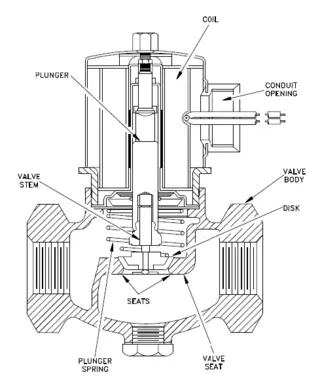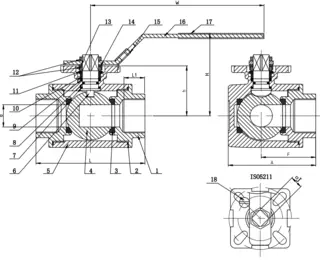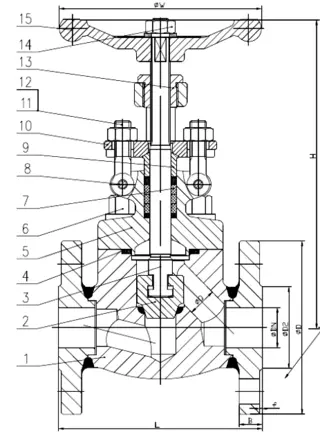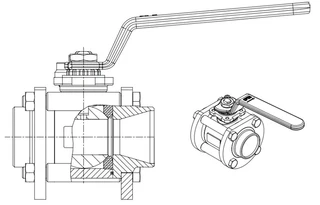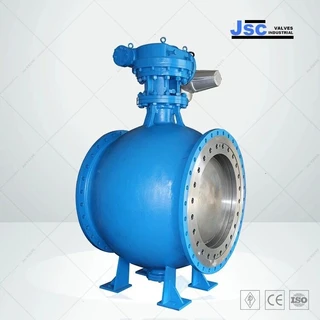Working Mechanism and Advantages of One-Piece Ball Valves
A one-piece ball valve, a prevalent type of ball valve, employs a spherical closure element that revolves around the valve's central axis for the facilitation of opening and closing. This section provides a detailed exploration of the operational dynamics and benefits associated with this particular ball valve design. Operational Dynamics of One-Piece Ball Valves The operational dynamics of one-piece ball valves involve a precise sequence of actions during both the opening and closing...

